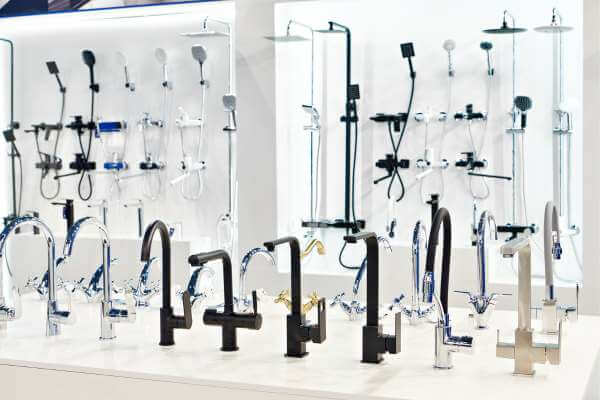WD-40 is a multi-purpose lubricant and penetrating oil that can be used for a wide range of household and industrial applications. Its name stands for “Water Displacement, 40th formula,” as it was the 40th formula developed by its inventor, Norman Larsen, in 1953.
Can You Use Wd40 on Faucet?
Yes, In case you are having trouble turning the faucet, we recommend using WD-40 Specialist Fast Release Penetrant on the thread. This product is designed to quickly seep into the tap and make it easier to remove. Additionally, it is resistant to water, so it will still be effective even if there is moisture present.
Here are some of the most common uses of WD-40:
- Lubrication: WD-40 can be used to lubricate a wide range of moving parts, including hinges, locks, and garage door tracks. It helps to reduce friction and wear and tear, extending the life of these parts.
- Rust prevention: WD-40 can help to prevent rust from forming on metal surfaces. It displaces moisture and creates a barrier that helps to protect against rust and corrosion.
- Removing sticky residues: WD-40 can be used to remove adhesive residues, stickers, and other sticky substances from surfaces. Its solvents help to dissolve the adhesive, making it easier to wipe away.
- Loosening stuck parts: WD-40 can help to loosen rusted or stuck parts, such as nuts and bolts. Its penetrating oil can work its way into tight spaces, breaking down rust and corrosion and making it easier to remove the part.
- Cleaning: WD-40 can be used to clean a wide range of surfaces, including tools, car engines, and even shoes. Its solvents help to dissolve dirt and grime, making it easier to wipe away.
FAQ
What does spraying WD-40 up your faucet do?
If you’re unable to remove the aerator with gentle back and forth movements, try using WD-40 Penetrant spray. This will help to remove any resistance and make it easier to remove the aerator. Once the aerator is removed, you can soak its parts in a vinegar solution. This will help to dissolve any mineral deposits that have built up over time.
What should you not use WD-40 on?
There are numerous variations of plastic, but two types that should not be treated with WD-40 are polycarbonate and clear polystyrene plastic. Polycarbonate is a transparent material frequently utilized in greenhouses, while polystyrene is commonly used for Styrofoam and soft drink lids, among other products.
Is WD-40 corrosive to metal?
WD-40 Multi-Use-Product creates a shielding coating on all types of metals, minimizing the impact of corrosion. It doesn’t matter if your treasured metal object is constructed from iron or aluminum, as WD-40 will safeguard it effectively.
Conclusion
Many people ask “can you use wd40 on faucet?” The answer is yes. While WD-40 is a versatile product, it’s important to note that it should not be used on all surfaces, particularly those that are sensitive to oil or solvents. It’s always best to test WD-40 on a small, inconspicuous area before using it on a larger surface.


 Hi, my name is Debra Klein and I love modern kitchen designs! As a product reviewer, it’s my mission to help homeowners choose the right modern kitchen accessories for their homes. I want to give them the best solution possible so they can make the best decision for their needs. Thanks for reading!
Hi, my name is Debra Klein and I love modern kitchen designs! As a product reviewer, it’s my mission to help homeowners choose the right modern kitchen accessories for their homes. I want to give them the best solution possible so they can make the best decision for their needs. Thanks for reading!




